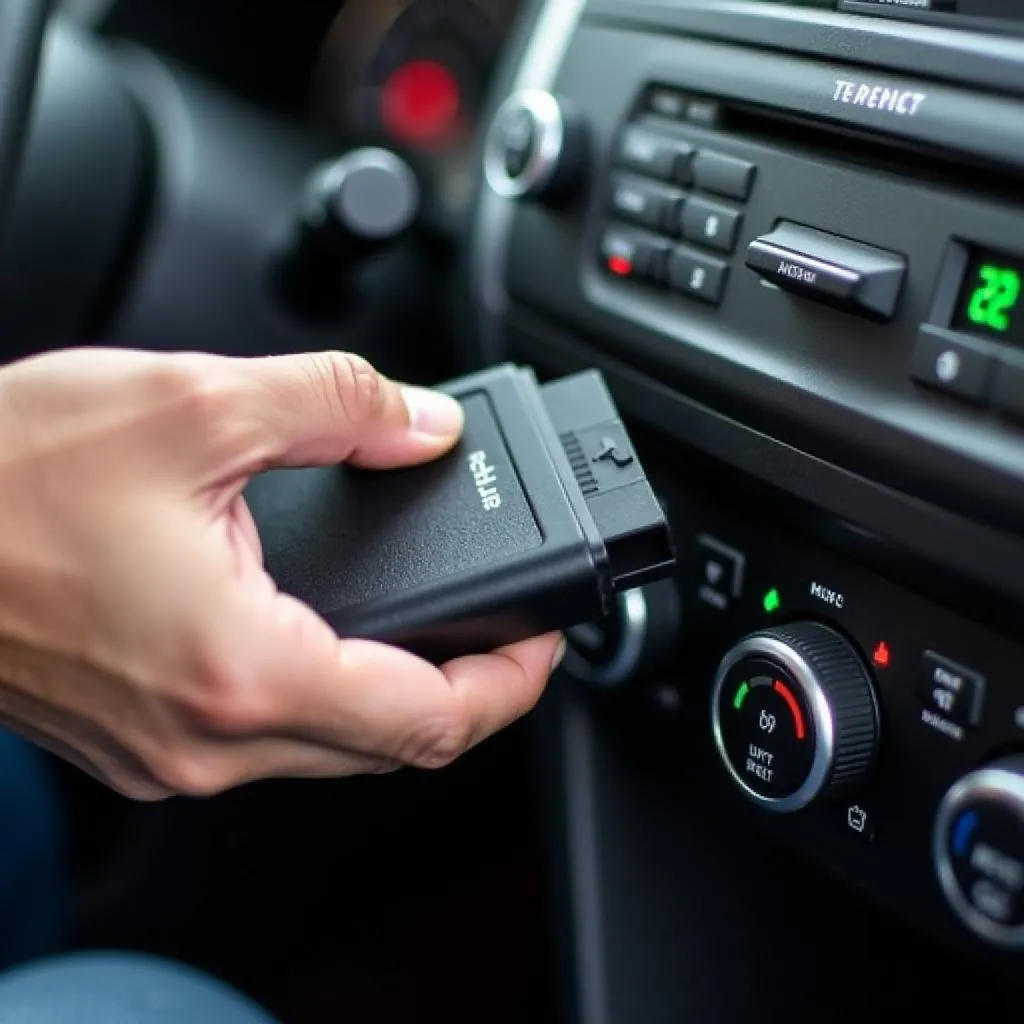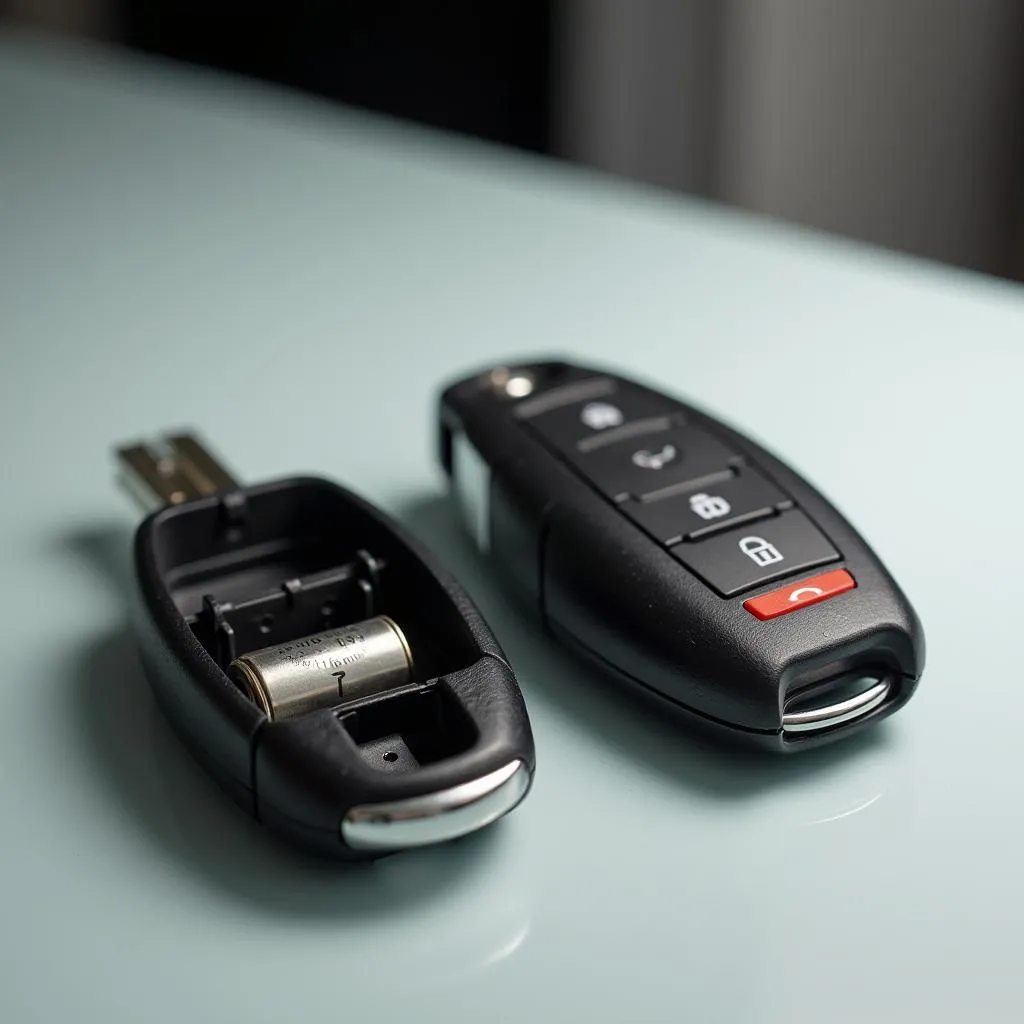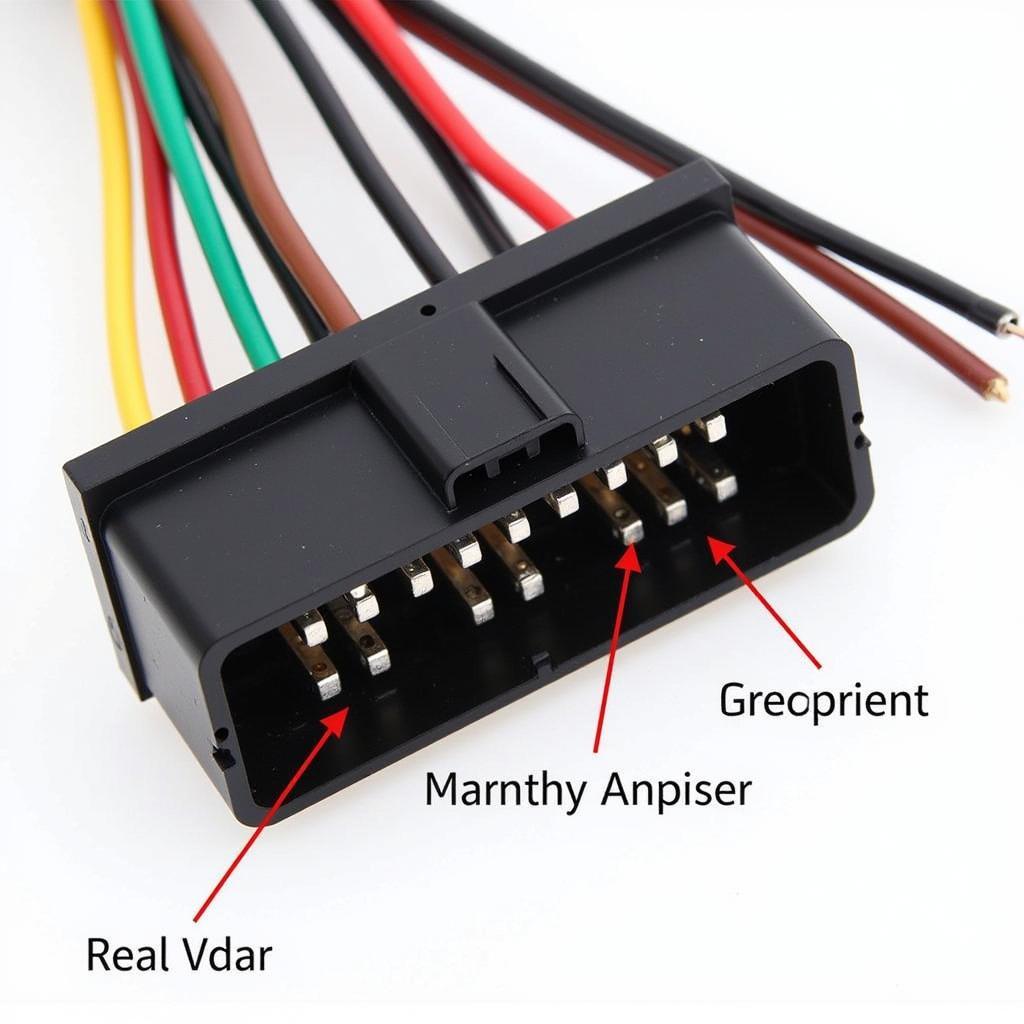A malfunctioning anti-theft system can be incredibly frustrating, often leaving you stranded with a vehicle that won’t start. While it might seem complex, resetting your car’s anti-theft system is often simpler than you think. This guide will walk you through common causes, symptoms, and the steps to reset your anti-theft system, getting you back on the road quickly.
Understanding Your Car’s Anti-theft System
Before diving into the reset process, it’s helpful to understand how these systems work. Modern vehicles often employ immobilizers as part of their anti-theft system. These systems use a transponder chip embedded in your key that communicates with the vehicle’s Engine Control Unit (ECU). When you insert your key (or have a key fob within range), the transponder sends a signal to disarm the immobilizer and allow the engine to start.
Common Causes of Anti-theft System Issues
Several factors can trigger problems with your car’s anti-theft system:
- Weak or Dead Key Fob Battery: A low battery can disrupt the signal between the key fob and the vehicle, causing the immobilizer to stay active.
- Faulty Ignition Switch: The ignition switch reads the key’s transponder chip. If the switch is faulty, it might not recognize the key, triggering the anti-theft system.
- Electrical Problems: Wiring issues, a blown fuse related to the anti-theft system, or a failing battery can disrupt the system’s operation.
- Malfunctioning ECU: In some cases, a problem with the ECU itself can lead to anti-theft system malfunctions.
Recognizing Anti-theft System Problems
Identifying a potential anti-theft system issue is the first step to resolving it. Look out for these common signs:
- Rapidly Flashing Security Light: This is often the most noticeable sign, indicating the anti-theft system is engaged.
- Engine Cranks but Won’t Start: If you hear the engine turning over but it fails to fire up, the immobilizer might be preventing fuel delivery or spark.
- Key Stuck in Ignition: In some vehicles, the anti-theft system might prevent you from removing the key if it doesn’t recognize the transponder chip.
Tools & Equipment for Resetting Your Anti-theft System
In many cases, you can reset your anti-theft system without specialized tools. However, having a few items handy can be helpful:
- Your Vehicle’s Owner’s Manual: This will contain specific instructions for your car model.
- Spare Key Fob: A second key with a fresh battery can often help isolate if the problem lies with your primary key.
- Voltage Meter (Optional): This can be useful for checking your car battery’s voltage.
How to Reset Your Anti-theft System
The exact reset procedure varies depending on the make, model, and year of your vehicle. Here are some general methods that often work:
1. The Key Fob Method
- Insert and Turn the Key: Insert your key into the ignition and turn it to the “ON” position (without starting the engine).
- Observe the Security Light: Watch the security light on your dashboard. It might flash rapidly at first, but it should eventually turn off or become solid after 20-30 seconds.
- Repeat: Repeat the process of turning the key to the “ON” position and waiting a few times. This process often resynchronizes the key with the vehicle.
2. The Battery Disconnect Method
- Disconnect the Battery: Locate your car battery and disconnect the negative terminal (usually black).
- Wait: Wait for at least 15-20 minutes. This allows the vehicle’s electrical system to completely discharge, potentially resetting the anti-theft system.
- Reconnect the Battery: Reconnect the negative battery terminal.
- Test: Try starting your vehicle.
3. Using a Diagnostic Tool
For more complex issues or if the above methods fail, a diagnostic tool can be extremely helpful. These tools, like those offered by Cardiagtech, plug into your vehicle’s OBD-II port and can read and clear fault codes, including those related to the anti-theft system.
 OBD-II Scanner in Use
OBD-II Scanner in Use
FAQs: Common Questions About Anti-theft Systems
Q: Can I reset my car’s anti-theft system myself?
A: Yes, many anti-theft system resets can be performed by following simple procedures outlined in your owner’s manual. However, if you’re uncomfortable working on your vehicle or if the issue persists, it’s best to seek professional assistance.
Q: How much does it cost to reset a car’s anti-theft system?
A: The cost can vary widely. Simple resets you perform yourself are essentially free. If you visit a mechanic, labor costs for diagnosis and a potential reset could range from $50 to $150 or more depending on the complexity.
Q: My car key’s battery is dead. Can I still start my car?
A: Most modern vehicles with push-button start have a backup system. Your owner’s manual will detail the exact procedure, but there is usually a designated spot to place your key fob (even with a dead battery) to allow the car to read the transponder chip and start.
 Car Key Fob Battery Slot
Car Key Fob Battery Slot
Seeking Professional Help
If you’ve tried the above methods and your anti-theft system is still preventing your car from starting, don’t hesitate to contact a qualified automotive electrician or your dealership’s service department. They have the expertise and specialized tools to diagnose and resolve more complex anti-theft system problems.
“Anti-theft systems are complex and require a good understanding of a vehicle’s electrical and computer systems,” advises automotive electrical expert, John Miller, author of “Automotive Electrical Systems Demystified.” “While some resets are straightforward, it’s crucial to consult professional help if you’re unsure about any procedure.”
Remember, CARDIAGTECH offers a range of diagnostic tools and resources that can help you troubleshoot and resolve many car problems, including anti-theft system issues.
Conclusion
Dealing with a malfunctioning anti-theft system can be a nuisance, but understanding the basics of how these systems work and knowing a few simple reset techniques can save you time, money, and frustration. Always consult your vehicle’s owner’s manual for specific instructions related to your car model, and if in doubt, seek help from a qualified automotive professional.

